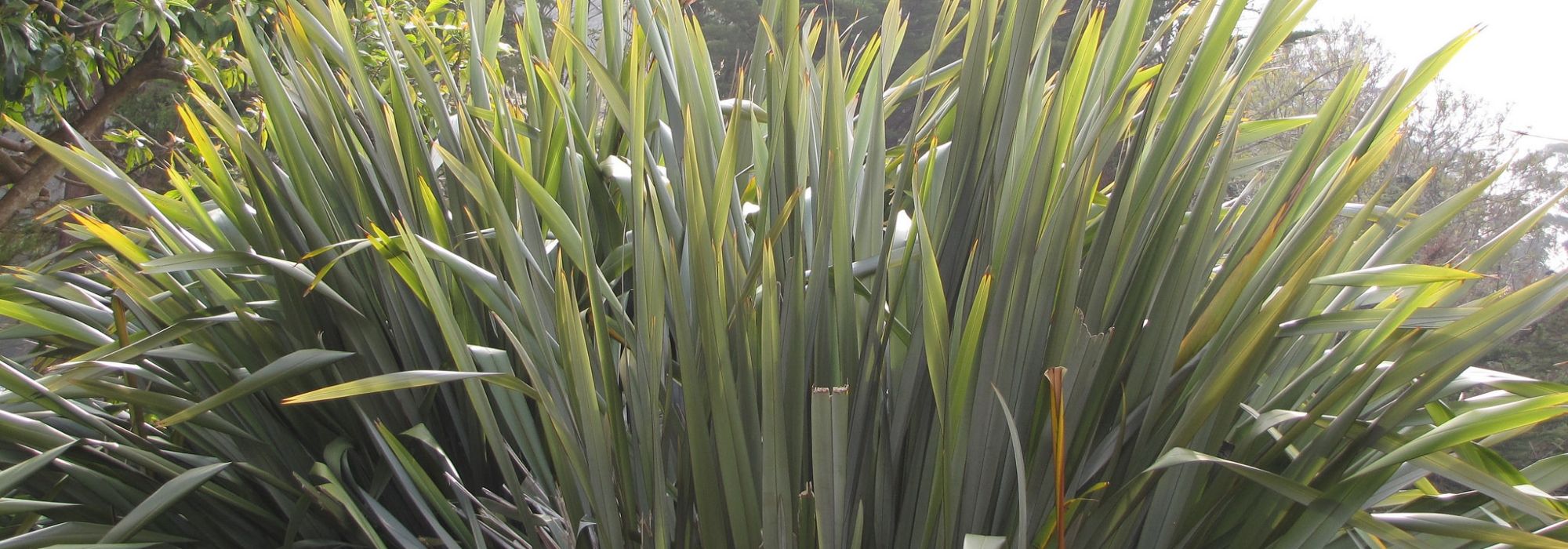
12 giant and imposing perennial plants
For a majestic presence in your garden
Contents
Small plants are not for you! On the contrary, you dream only of lushness, huge foliage or flowers bigger than your own head. Gigantic, huge, spectacular, monumental, over-the-top… All these plants certainly do not go unnoticed. They structure and add volume but above all character to a garden. Centrepieces in a border, stunning as specimens or airy flowering displays emerging from a naturalistic meadow… Here is our small selection of XXL perennials.
Macleaya cordata: a giant 'plume poppy' (250 cm tall by 100 cm wide)
Macleaya cordata or cordate Bocconia (also “Plume Poppy” which means “feathered poppy“) is a huge rhizomatous perennial native to Asia and belonging to family Papaveraceae (like poppies). Its foliage consists of large lobed leaves of a beautiful bluish-green. Flowering takes place in July–August in impressive plume-like panicles composed of small pendulous flowers ranging in colour from creamy white to a slightly pinkish white, which fade in autumn to a lovely russet tone. Plant it as a specimen or at centre of a border but remember it needs plenty of space. It prefers full sun and does well in any ordinary soil, preferably slightly moist. However, take care to protect it from strong winds that would damage its foliage and flowering stem.
Onopordium nervosum: giant, undemanding thistle (250 cm tall by 80 cm wide)
Onopordum nervosum (or O. acanthium) or “Donkey thistle” is a thistle from Europe of the Asteraceae family, remarkable because it proudly bears huge heads that from a distance resemble the flowers of giant knapweeds. More biennial than perennial, Onopordum nevertheless self-seeds abundantly in places that suit it. In its first year it forms only a large evergreen rosette of long, attractive whitish-grey leaves, broad and thorny. But in the second year a huge ramified flowering stem rises from the centre of that rosette, also bearing broad thorny whitish-grey leaves. Each stem then ends in a compound inflorescence: a green receptacle topped with purplish flowers arranged in a brush (like artichokes). Onopordum is grown in dry, even arid or uncultivated soils and in full sun (its natural medium), but also does very well in richer, moister soils.
Discover other Giant and airy perennials
View all →Available in 1 sizes
Available in 3 sizes
Available in 1 sizes
Available in 2 sizes
Available in 2 sizes
Available in 2 sizes
Available in 1 sizes
Available in 2 sizes
Available in 2 sizes
Available in 3 sizes
Cephalaria gigantea: giant scabious (200 cm tall by 60 cm wide)
Cephalaria gigantea or giant scabious lives up to its species name: it is indeed a scabious flowering… two metres above ground. This perennial native to the Caucasus and belonging to the family Dipsacaceae (scabious, knautias and teasels) has dark green foliage from which, from June to August, numerous flowering stems emerge, topped with heads of a very luminous creamy yellow much appreciated by bees. Give it space, at least one square metre, and if possible a sheltered spot, although its flowering stems are very sturdy. Grow your giant scabious in full sun in neutral, clay-rich, deep and friable soils, preferably fresh to rather moist.
Gunnera manicata: if only we could make jam from this giant rhubarb... (250 cm tall and at least 250 cm wide)
When venturing into large-scale hardy perennials, one would be ill-advised to forget Gunnera manicata or Brazilian giant rhubarb. This plant forms, over the years, an enormous clump of wide leaves reaching, in the best conditions, nearly four metres across. Despite its native range (Brazil and Colombia), it is perfectly capable of withstanding frosts down to -15°C if the stump has been protected. Its growth is extremely rapid; Gunnera quickly renews all its gigantic, exotically looking leaves, resembling those of our rhubarb, within a single season. It is completely deciduous, re-emerging from the stump each spring as an enormous bud pushing up through the soil. It prefers partial shade and needs soil that is constantly moist, for example at the edge of a pond or pool, and very rich. Note that it can be grown in a very large pot but will remain more modest in size and be less long-lived.
Royal fern: a truly imposing fern (200 cm tall by 150 cm wide)
Osmunda regalis or royal fern is a deciduous fern of the family Osmundaceae found in most temperate and subtropical zones. Its large rootstock produces robust, compact clumps of sterile fronds, broad, lanceolate and bipinnate, reaching almost one and a half metres long. They are purplish in spring, then coppery green with purple veins and petioles at ripeness. In summer, large fronds, partly fertile and up to two metres long, grow rapidly and finish in green spikes, turning ochre-brown at ripeness. The variety ‘Purpurascens’ bears elegant purplish fronds in spring that develop superb golden autumn tints. This fern can accompany a Gunnera (see above) if you have enough space near a pond or pool, as it is ideal for moist, partially shaded areas of garden.
Mulleins: these elegant wildflowers (180 cm tall by 60 cm wide)
Mulleins, and in particular, Verbascum olympicum or Olympian mullein, are perennials, of the family Scrophulariaceae, perfect for brightening and adding verticality to naturalistic borders. This mullein proudly bears large spikes nearly two metres high, loaded with yellow flowers that open from July to September. Even when dry and brown, the remnants of this flowering remain decorative throughout winter and provide food for granivorous birds. These inflorescences tower over leafed stems covered with a pretty light-grey velvet. Although relatively short-lived, it nevertheless persists by numerous sowings. Mulleins appreciate full sun and rich, well-drained calcareous soils. In poor, dry soil they will do very well but remain smaller.
Kitaibelia vitifolia: robust, indestructible, unshakeable... yet charming (250 cm tall, 75 cm wide)
Kitaibelia vitifolia is a little-known perennial in the Malvaceae family. And it’s a great injustice! From a thick stump springs a large tuft of erect stems clad with large, dark-green vine-like leaves. The pure-white flowers, similar to those of mallow, open in the axils of the leaves between June and October. It tolerates any soil provided it is deep enough; otherwise it is indifferent to the exposure you offer and to soil moisture: fresh or dry, it matters little. A carefree plant that can be left in the wildest corner of the garden and will even self-seed here and there. Note that bumblebees seem to worship its flowers…
Hosta 'Empress Wu': even slugs don't dare attack it! (150 cm high by 150 cm wide)
Hostas or Funkias are perennials in family Asparagaceae that generally become quite large over the years, often taking up a good square metre and pushing neighbouring plants aside without ceremony. But ‘Empress Wu’ is even worse: one and a half metres in every direction with huge, thick bluish-green foliage with very pronounced veins. Its foliage is so thick that no ill-mannered gastropod manages to gorge itself outrageously on it. The pale lavender flowering is fairly inconspicuous and occurs between June and July. This Hosta prefers deep, rich, well-drained but consistently moist soil, neutral to acidic. Plant in partial shade in a position sheltered from strong winds that could tear its foliage.
→Read: Hosta: our planting, cultivation and maintenance tips for the garden.
Thalictrum 'Elin': a giant, ethereal, never overbearing (250 cm high by 40 cm wide)
Thalictrum Elin actually results from hybridization between Thalictrum flavum var. glaucum and Thalictrum rochebrunianum, from which it inherited vigorous growth and elegant flowering. This perennial, of family Ranunculaceae, has a robust stump with decorative bluish-grey, deeply divided foliage, similar to that of columbines. But its inflorescences, reaching up to 2.50 metres on sturdy stems, are most spectacular. These panicles of lilac-pink flowers open between June and July. Thalictrums prefer partly shaded positions and soil rich in humus, staying cool even in summer, neutral to acidic.
→ Further reading: Thalictrum or meadow-rue: planting, growing and combining in the garden
Miscanthus giganteus: a striking grass (300 cm tall by 100 cm wide)
Giant? Certainly… and that’s an understatement! Miscanthus giganteus or Chinese silvergrass is a large perennial grass of the family Poaceae, native to Asia. It quickly forms a large, upright clump up to three metres high. Its erect stems bear ribbon-shaped leaves of a pale, slightly bluish green, each with a silvery central vein. The foliage turns golden to brown in autumn, remaining very decorative until early winter. If summer is warm enough, giant Miscanthus can flower in autumn with long silver spikes. Giant eulalia (one of its other names) prefers fresh, deep soil but not necessarily fertile soil. It can cope with poor soil and is fairly drought-tolerant once established. Note that Miscanthus giganteus only emerges from dormancy late, in May, quickly regaining its usual stature.
Read: Miscanthus: planting, growing and caring for.
Echium candicans: an impressive perennial viper's bugloss but not very hardy (150 cm tall by 300 cm wide)
Echium candicans or Madeira viper’s bugloss is a perennial in family Boraginaceae, native to the Mediterranean and therefore recommended only for mild climates as it only tolerates temperatures down to -2°C in well-drained soil. Exotic and highly ornamental in appearance, it can form a shrubby clump nearly three metres wide in just three seasons. Its attractive villous grey-green foliage is suddenly lit throughout spring by magnificent blue spikes. This perennial, as surprising as it is spectacular, thrives in heat, full sun in well-drained to dry soils, and coastal locations as it copes perfectly with sea spray. Note that it is also very melliferous and capable of producing nectar continuously. Echium honey is much sought after for its sweet, floral scent.
Phormium tenax: spectacular New Zealand native (250 cm tall by 200 cm wide)
Phormium tenax or New Zealand flax is a perennial of the family Agavaceae and native to New Zealand. Variety ‘Variegatum’ forms an opulent clump of evergreen, linear and stiff foliage, striped with pretty vertical cream-yellow and green variegation. This incredible and spectacular perennial quickly gives an exotic air to the garden. Especially in summer when its flowering appears as erect spikes bearing tubular red, highly nectariferous flowers. It is a plant of mild climate, only hardy to -7°C. It is therefore recommended only for coastal areas or for western and southern France. In open ground, Phormium prefers full sun and very well-drained, fertile soil. Note that container culture in colder regions is possible; simply overwinter the plant in a cool, frost-free and bright room.
→Read: Phormium, New Zealand flax: Planting, pruning, maintenance and associations.
Find out more
Sometimes they need support too, so discover our advice sheet to learn how to stake a perennial plant!
- Subscribe!
- Contents































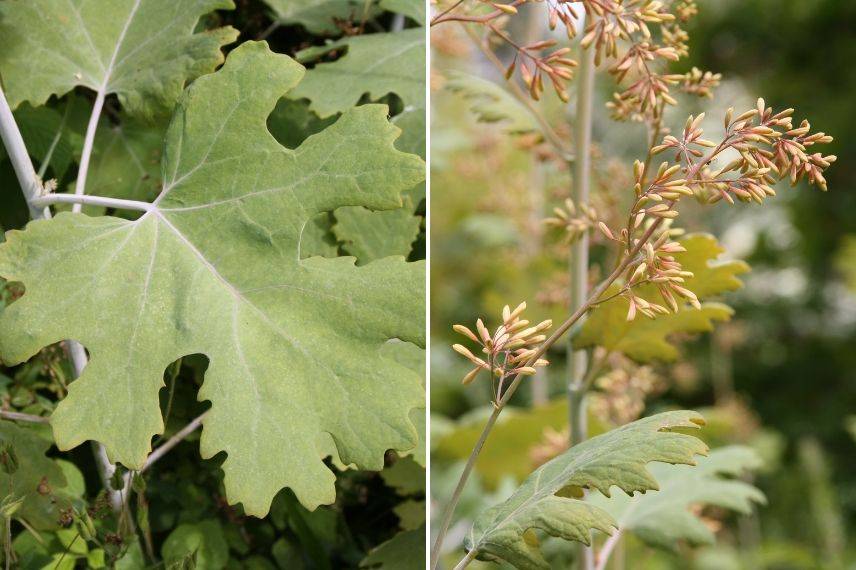

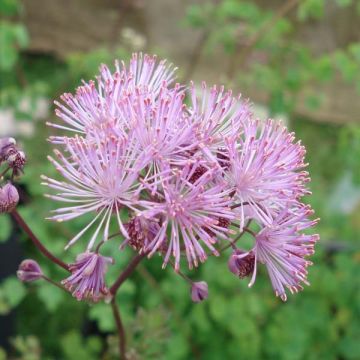

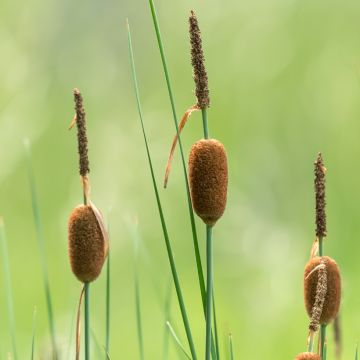

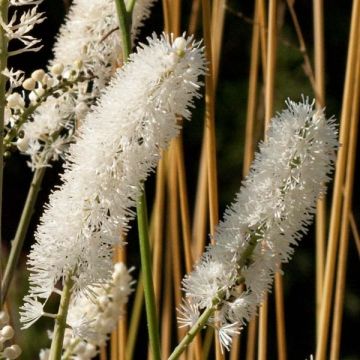
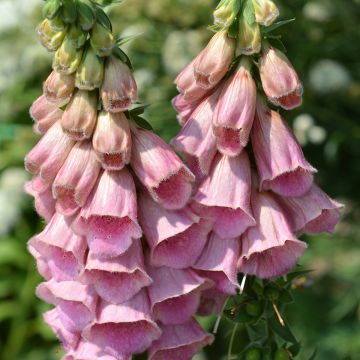
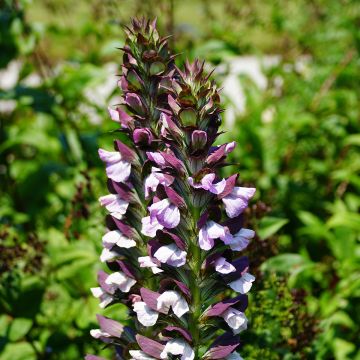
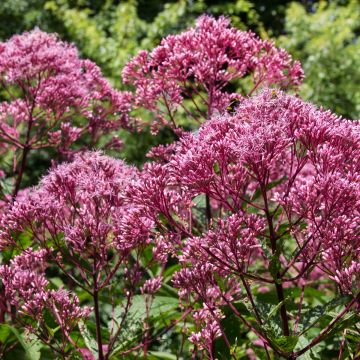
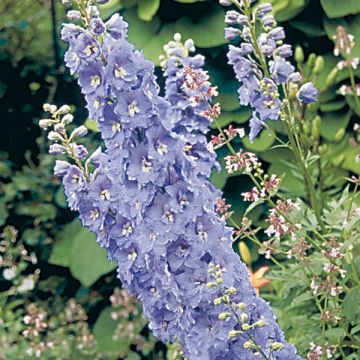
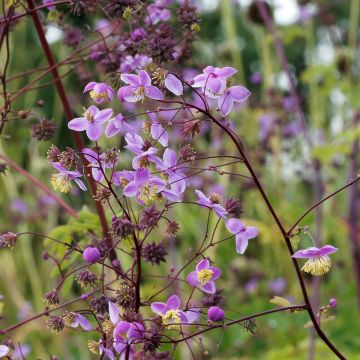
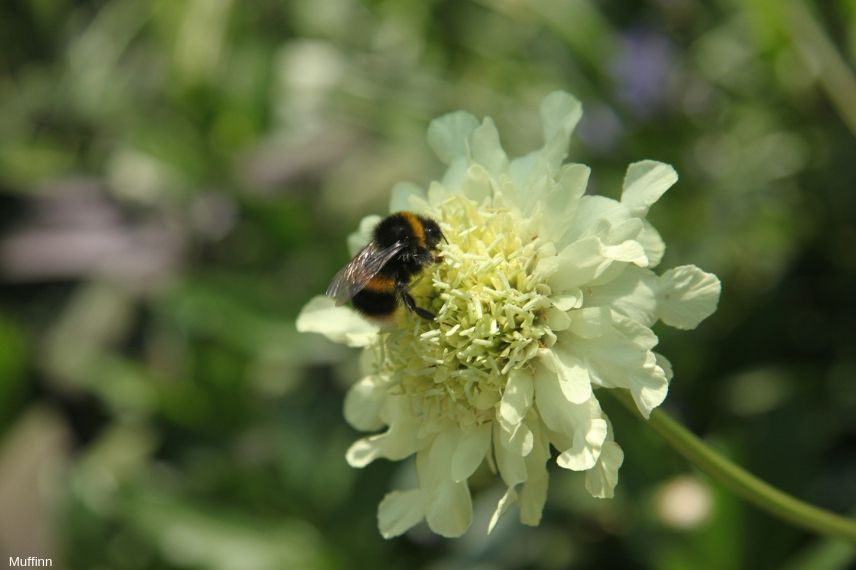
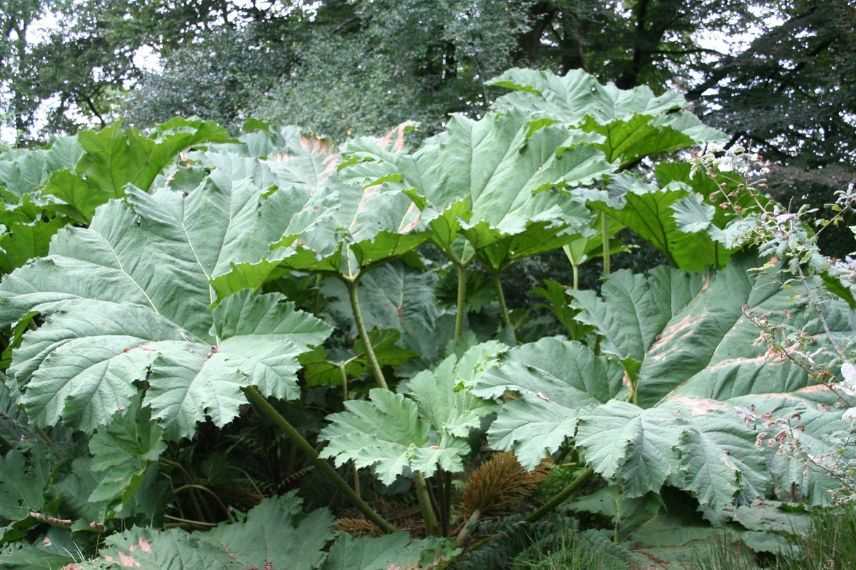
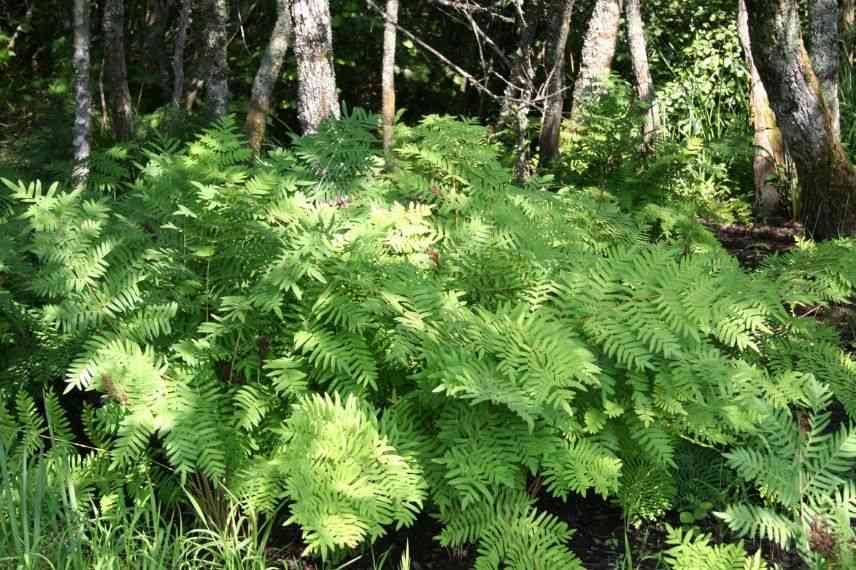
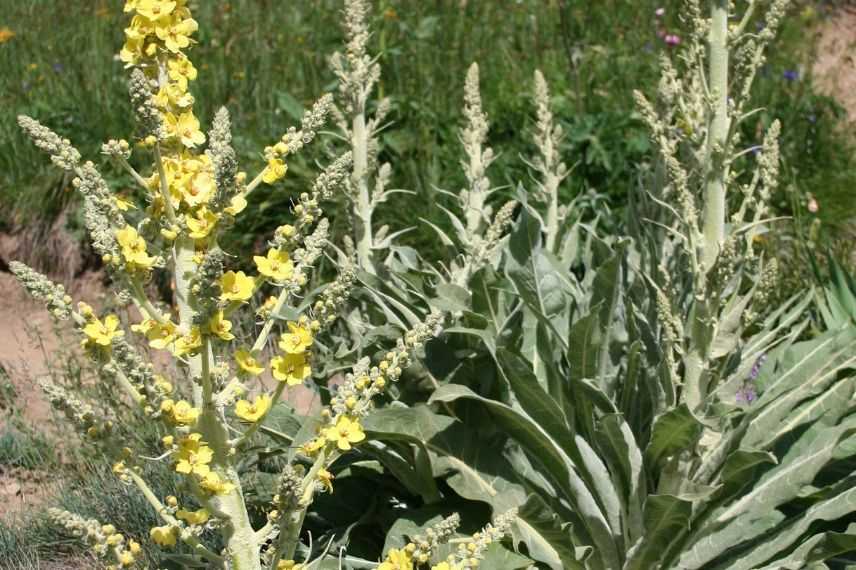
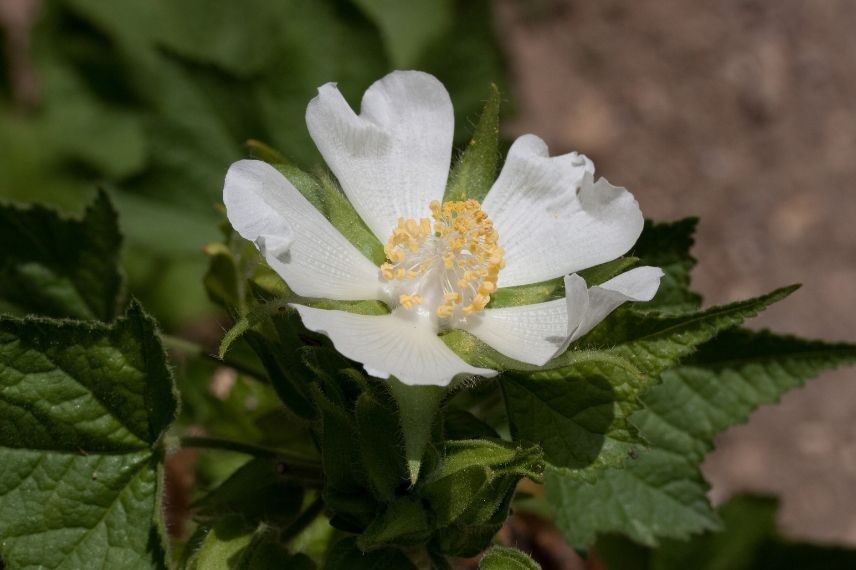
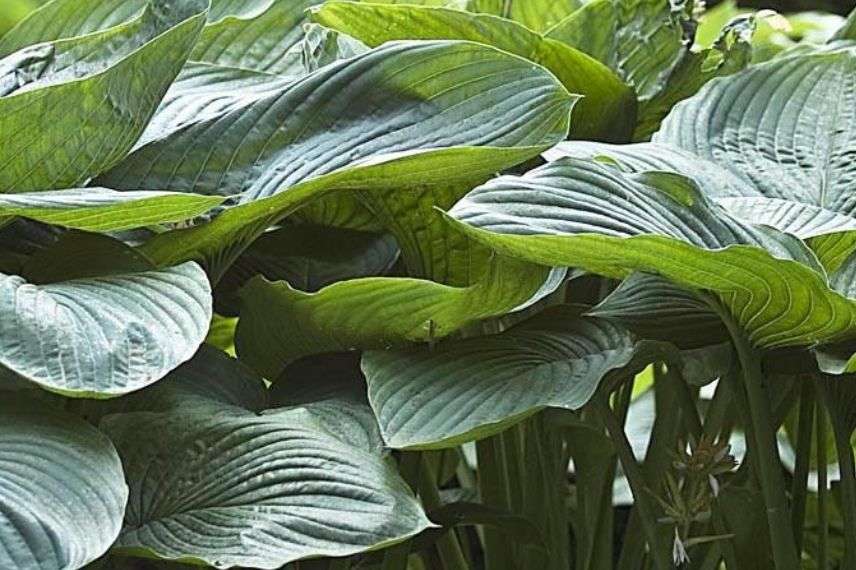
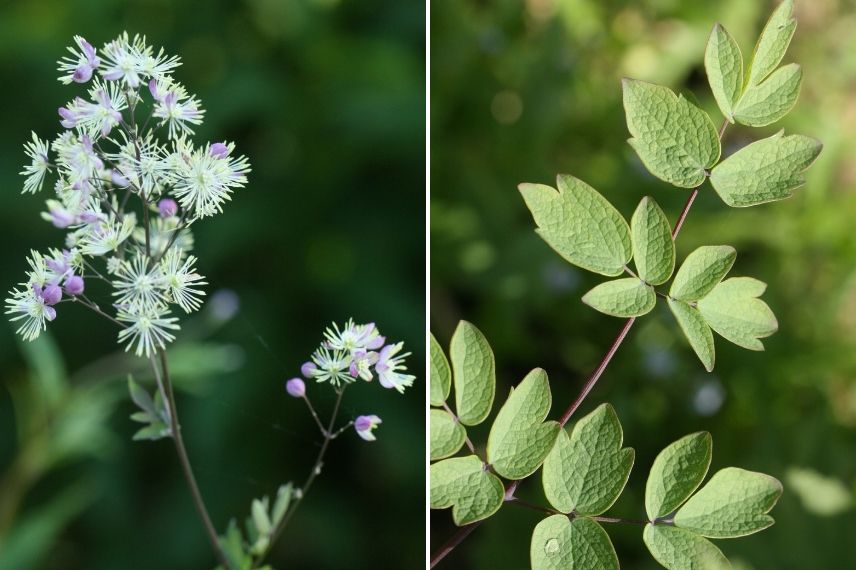
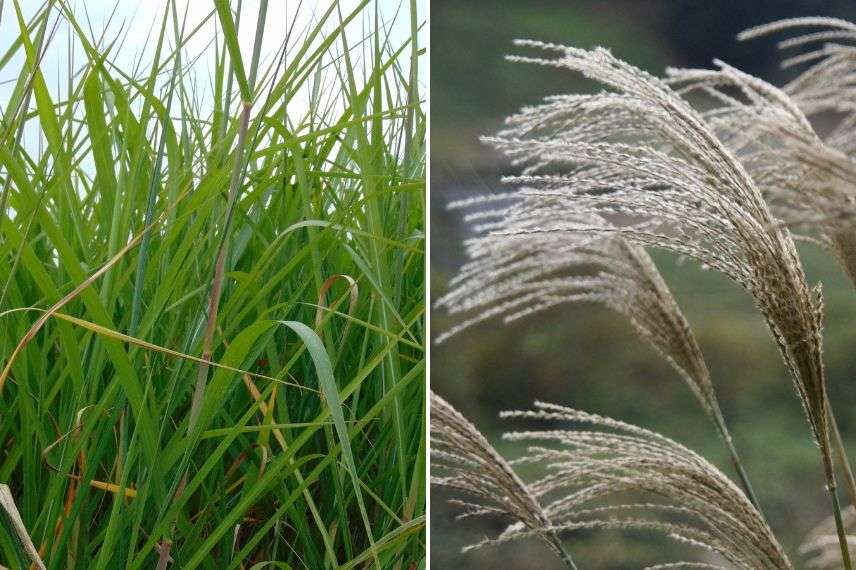
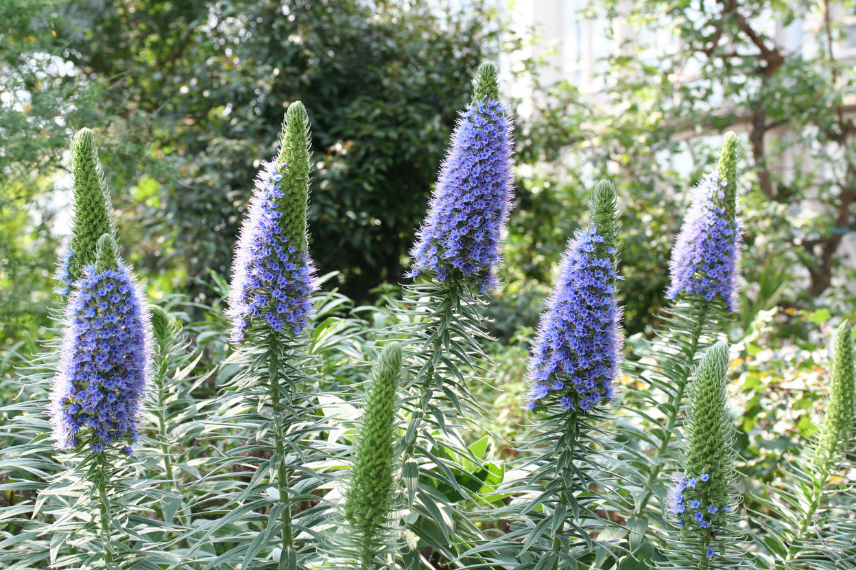
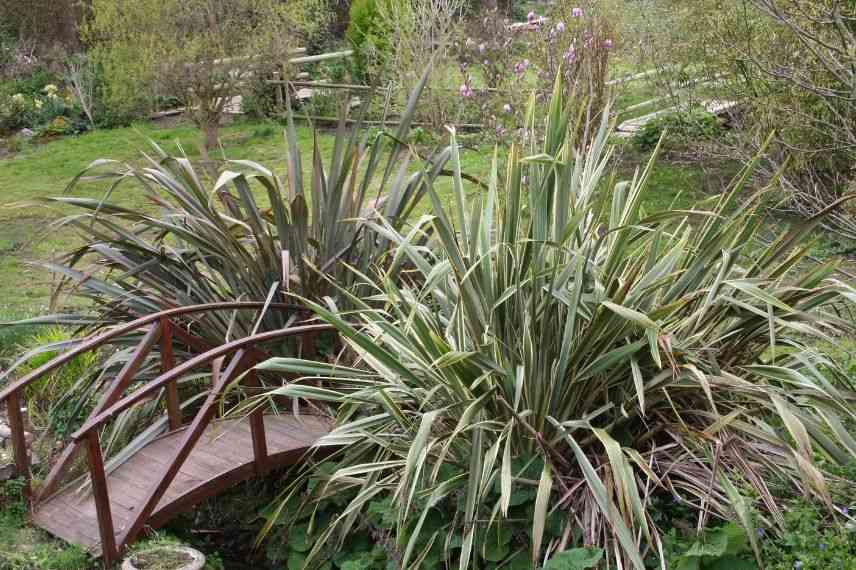
Comments